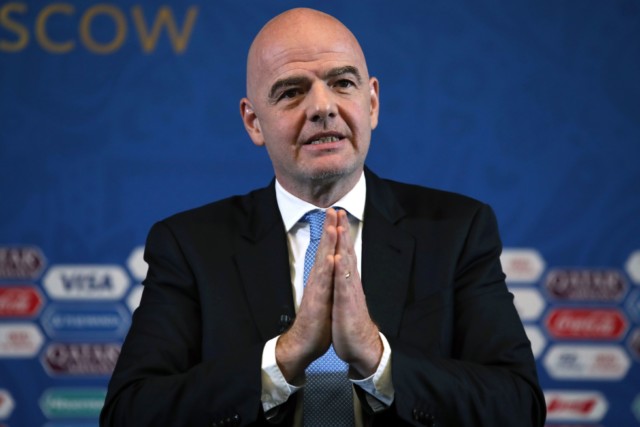THE THREAT of a breakaway European Super League has resurfaced after Liverpool and Manchester United were unmasked as ringleaders of the latest plot.
Fifa’s backing of the scheme, funded by Wall Street giants J P Morgan to the tune of £4.6billion, means the prospect has to be taken seriously.
But fans want to know what is proposed, how it would work and the impact any breakaway would have.
SunSport explains the proposals, as they stand – and the hurdles that have to be overcome:
WHAT IS THE PLAN?
An 18-team, self-elected and ring-fenced European Premier League, with matches to be played midweek and an end of season play-off to determine the winners, with a provisional kick-off from the start of the 2022-23 season.
WHO WILL BE INVOLVED?
That is less than clear but the expectation is that we are only talking about the “Big Five” leagues.
England will have the largest contingent, with Liverpool and United joined by three from Arsenal, Chelsea, Manchester City and Spurs.
Spain would supply Real Madrid, Atletico and Barcelona, plus one other team – probably Sevilla.
Italy want four places – Juventus, Inter, AC Milan plus one. Bayern Munich, Dortmund and one other German club would be invited with France represented by PSG and, presumably, either Lyon or Marseilles.

AND THE FORMAT?
It is envisaged that the teams will play each other home and away in a midweek league, with the top four – or eight – involved in the end of season play-offs.
BUT THEY WILL STILL PLAY THEIR DOMESTIC LEAGUES?
That’s the plan. At least, for now.
HOW DOES IT ALL FIT, THOUGH?
That is the big question.
The Premier League’s 38-game season is already squeezed into a 34-week window and there would now be an EXTRA 34 games for each of the five selected Prem teams to fit in.
Reducing the Prem to 18 clubs, as envisaged in Project big Picture – an element backed by all the Big Six – would create some wriggle room, as would scrapping the League Cup.
But Prem sides are mandated to play in the FA Cup.
IS THERE ANY OTHER ROOM FOR GAMES?
Other than an early start and a late finish, no.
Until 2024-25, when the new international match calendar – still being worked on by Fifa – comes into operation.
One plan gaining support is for there to be three four-game international windows – in November, March and June – each year, opening up the entire autumn part of the season for extra club matches.
WHAT WOULD THIS MEAN FOR THE CHAMPIONS LEAGUE?
Curtains – which is why Uefa will fight tooth and nail to kill the plot stone dead.
If Europe’s biggest 18 clubs go it alone, the Champions League – let alone the Europa League – will plummet in commercial value, devastating European football’s economic model.
TRANSFER NEWS LIVE: Breaking news, juicy gossip and the biggest deals
AND THE IMPACT ON THE PREM?
Not so much in the immediate term – but significant in the longer term.
The “top four” race will be rendered redundant if there is a closed shop Super League, which will have an impact on future TV rights sales, although there will still be the appeal of the Big Six playing their domestic matches.
But the financial disparity between the elite and the rest will become a gaping chasm that will make the Prem utterly uncompetitive – unless the big boys prioritise the new European Premier League and play shadow sides at home, which, of course, will make the Prem even less appealing to the broadcasters.
CAN IT BE STOPPED?
Uefa will do everything in their powers and this could all be part of an elaborate bluff by Fifa President Gianni Infantino to ensure he gets his way in other issues where he is fighting Europe, including his pet project, the expanded Club World Cup due to be played in China in 2022.
The FA could also, in theory, block clubs from taking part and ban any players who were involved, although that would have to be part of a global collective policy from all national associations.

